On 19 March 1956, a Immigration Act law was passed stipulating that ‘foreign nationals’ would be prohibited from entering 18 specified occupations, ranging from various civil service functions to hairdressers and salt dealers.
On March 19, 1964, the ‘Chantrea Incident’ occurred on the South Vietnamese-Cambodian border:
Phnom Penh Embassy reported that our Military Attaché accompanied the Canadian representative of the International Control Commission in Cambodia to the village of Chantrea, where they saw fifteen corpses of villagers killed by shrapnel, burns from napalm bombs and gunfire. They took testimony from the villagers that twelve amphibious personnel carriers accompanied by three American officers entered the village and questioned some of the inhabitants after the attack. The villagers also testified that an American light observer plane was shot down, crashing on the South Vietnamese side of the border.
The story from Saigon has been slow in coming, and the information is still very sketchy. We now know only that an operation was carried out on March 19 near the Cambodian border. An L–19 observation plane covering this operation was shot down, apparently by two Cambodian fighters. Its American pilot was wounded. Three columns of ARVN troops conducted clearing operations near the Cambodian border, but as yet we have no evidence from Saigon that any of these units actually crossed the border. At least three American officers participated in these operations, but we have a report of only one of them at the moment. In a matter of hours we should have the report of the other two. So far there has been no confirmation from Saigon that any Cambodian village was attacked. Four 500 lb. cans of napalm were used during the clearing operations in “open areas”.
Later, Time Magazine reported: Pursuing some Communist Viet Cong guerrillas who had fled across the ill-patrolled and ill-marked border, South Vietnamese T-28s had bombed the village of Chantrea, four miles inside Cambodia; the planes were followed on the ground by South Viet Nam troops accompanied by U.S. observers. Seventeen Cambodians were killed. Both the U.S. and South Viet Nam apologized for the unfortunate incident, a part of the even more unfortunate, long and deadly war in Viet Nam. But Sihanouk plastered horror pictures on every available wall and took to the radio in his terrier’s tenor, accusing the U.S. of masterminding the attack. The Prince demanded that Washington pay reparations, including “one bulldozer or a powerful tractor for each of our dead.”
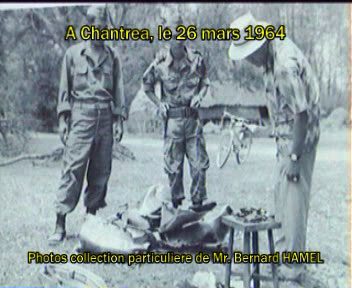
On March 19, 1970, The National Assembly grants “full power” to Premier Lon Nol, who declares a state of emergency, and suspends four articles of the constitution, permitting arbitrary arrest and banning public assembly. Lon Nol and First Deputy Premier Prince Sisowath Sirik Matak had conducted a bloodless coup against Prince Norodom Sihanouk the day before and proclaimed the establishment of the Khmer Republic.
On March 19, 1974, FANK concede that Communist forces captured Phsar Oudong, the former royal capital 24 miles northwest of Phnom Penh, the day before. It was the first major town to fall to the Communists in more than three years.
Government defenders destroyed their artillery pieces in the town’s market to prevent their ‘use by the enemy, and then retreated half a mile to the north, “where they are reorganizing,” a spokesman said. The same day a battalion of President Lon Nol’s palace guards was airlifted to Kampot in an attempt to break the siege of the town that had continued since January.
On March 19, 1980, Chinese Foreign Minister Huang Hua expressed support for the Khmer Rouge.
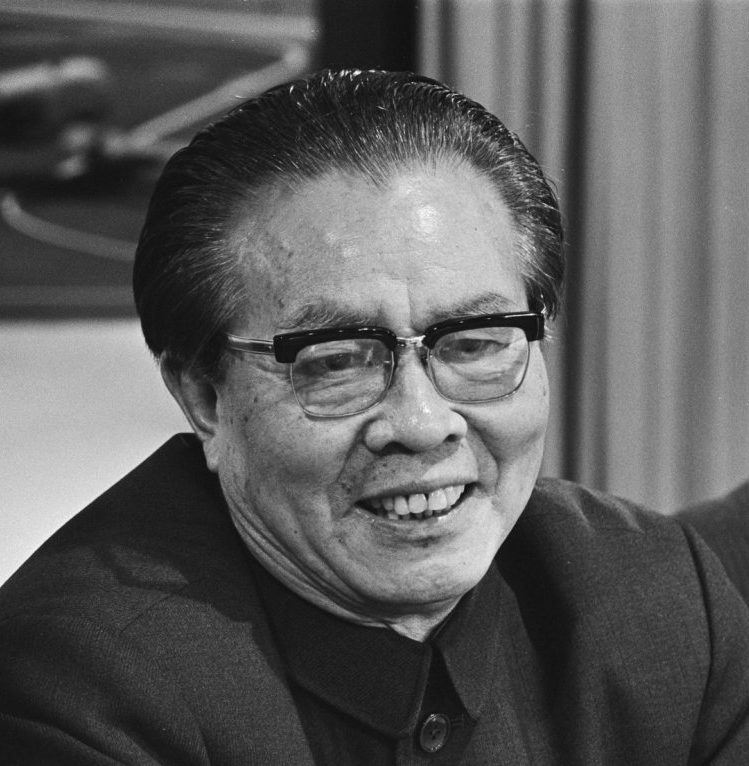
By 19 March, 1993, 330,000 Cambodian refugees had been repatriated under UN supervision. A cash inducement had been added as incentive ($50/adults and $25 for children), and this rapidly accelerated the process. Roughly 87% had taken the cash option, nearly one–third going to Phnom Penh; 80–85% of the returnees chose areas under Phnom Penh government (Hun Sen) control (about 85% of the country’s territory); 10% chose areas controlled by the Khmer People’s National Liberation Front; 2% chose zones controlled by forces loyal to Prince Sihanouk; and 1% chose Khmer Rouge areas.
On 19 March, 1994, government forces captured Pailin, official headquarters of the Khmer Rouge, but the Khmer Rouge retook it one month later.
On March 20, 1954, the Viet Minh radio broadcast a “declaration of the Foreign Minister of the Khmer Resistance Government” protesting US aid to the French in Indochina. Signed by one Keomani, the declaration asserted: “The Khmer people … recognize only the Khmer Resistance Government as the Government which represents all the Nation and people of Khmer.” This was the first known Communist reference to a “Resistance Government” of Khmer, or Cambodia. A March 24 commentary by the Ho radio on the above “Declaration” used the term “Khmer Resistance Government” four times and left no doubt of the Viet Minh intention to advertise the “existence” of a Communist “government” in Cambodia.
As recently as February 14, the Viet Minh arm in Cambodia was still referred to as the “Cambodian Committee of National Liberation.” Son Ngoc Minh, identified in the March 20 DRV broadcast as “President” of the “Khmer Resistance Government,” was formerly identified as chairman of the “Committee of National Liberation.” Keomani (possibly known also as Keo Mas), here designated as “Foreign Minister” of the “Resistance Government,” a prominent Cambodian Communist who served as Cambodian delegate to the Vienna Peace Congress in December 1952.
On March 20, 1970, The United States recognized Lon Nol’s new regime. France continued diplomatic relations with Phnom Penh.
On March 20, 1972, North Vietnamese mortar and recoilless rifle rounds, accompanied by 122mm rockets, hit the provincial capital of Prey Veng. They were followed by ground actions to the south along Route 15 and in the rice flats to the west. Sixteen miles away, at the key Route 1 ferry-crossing town of Neak Luong, 122mm rockets turned a fuel and ammunition depot into a ball of fire. By the time things quieted down, 18 Cambodians were reported dead, 60 wounded and 10 missing, to the enemy’s 33 fatalities. The assault both insulated the Ho Chi Minh Trail supply line from Cambodian interference and undercut a possible FANK linkup with an ARVN operation probing for the NVA in the Parrot’s Beak 30 miles to the east.
On March 20, 1976, the first general elections in Democratic Kampuchea were held for a new 250-member People’s Assembly.
On March 20, 1993, A U.N. helicopter carrying 23 people, most of them foreign journalists, crashed near Siem Reap, northwest Cambodia Saturday, injuring six people in the third such accident in less than three months.
most of the 23 people on board, who included 15 international journalists invited to Cambodia by UNTAC, were forced to roll or crawl out of the wreckage with their clothes soaked in gasoline.
Six people were hospitalized in Phnom Penh, including a Japanese UNTAC employee who suffered serious spinal injuries when she was thrown out of the helicopter on impact, and an American freelance photographer, who suffered a broken foot.
Experts blamed technical problems for the crash of the Russian-made Mi-17 helicopter in the northwestern provincial capital of Siem Reap at about 8:30 a.m., said the spokesman for the U.N. Transitional Authority in Cambodia (UNTAC).
On March 21, 1970, Pham Van Dong, the North Vietnamese Prime Minister, secretly traveled to Beijing to pledge Hanoi’s support to Sihanouk. Both he and Sihanouk meet with Zhou Enlai.
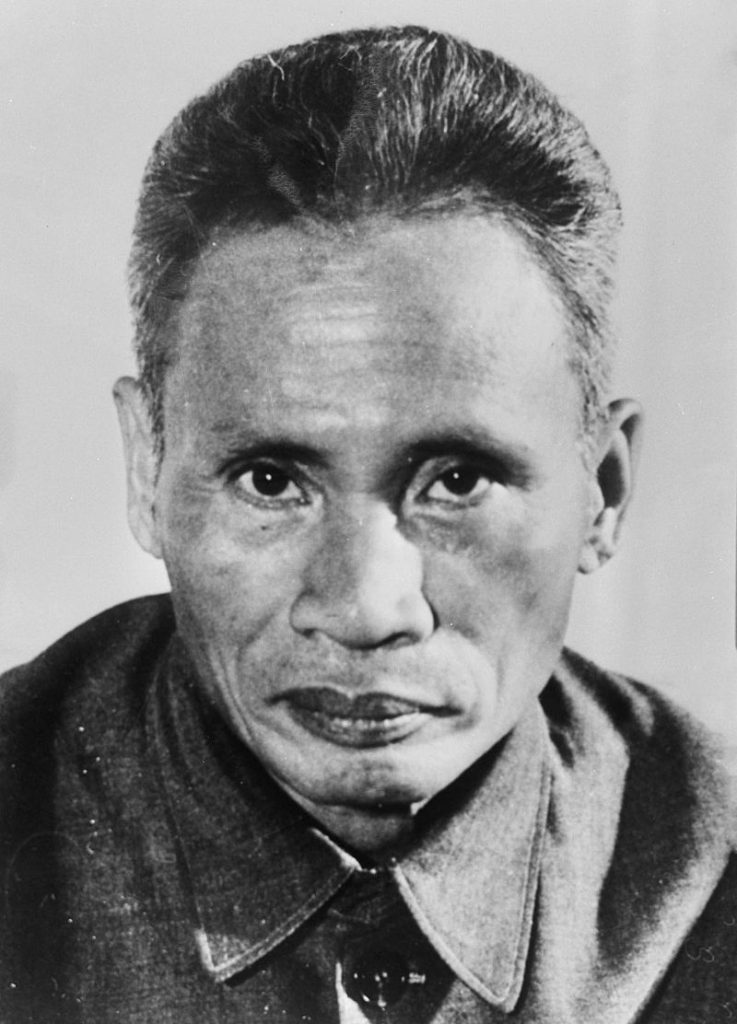
On March 21, 1970, Cheng Heng was appointed as Chief-of-State- a largely ceremonial role, as Lon Nol had assumed most of the Head of State’s political powers on an emergency basis. Sihanouk, in exile, dismissed Heng as an “insignificant puppet”
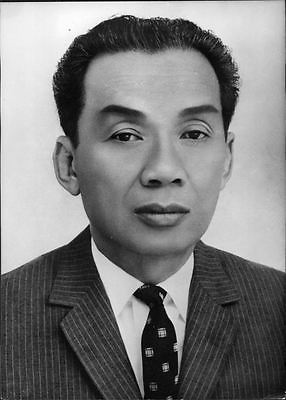
On March 22, 1955, the Sangkum Reastr Niyum was founded by Prince Norodom Sihanouk . Though it described itself as a ‘movement’ rather than a political party (members had to abjure membership of any political group), the Sangkum retained control of the government of Cambodia throughout the first administration of Sihanouk, from 1955 to 1970.
On March 22, 1970, the entire Cambodian National Assembly voted to bar the return of Sihanouk to the country.
On March 23, 1907, the Franco-Siam Treaty was signed. This ceded the annexed territory of Phra Tabong, known in Khmer as Preah Bat Dambang Kranhoung, back to Cambodia. The territory encompassed much of the north of Cambodia, including Angkor Wat.
On March 23, 1970, Sihanouk, assured of support by the PRC, called from Beijing for “all Khmer patriots” to “crush the traitors” thus creating the “Union of Khmers from abroad and inside with the ideals of Independence, democracy, neutrality, progressism, socialism, Buddhism, nationalism, attachment to territorial integrity within the current borders, anti-imperialism and anti neo-colonialism. ” He stressed the “rape of the constitution” and labelled the new Kampuchean (headed by Lon Nol) regime as “the new fascist power that serves the US imperialism”. This was, arguably, the beginning of the 1970-75 civil war.
In the following days, in Vonsai, Rattanakiri Province, the anti-Lon Nol groups National United Front of Kampuchea (FUNK) and National Liberation Armed Forces of Kampuchea (NLAFK) were formed.
On March 23, 1972, North Vietnamese frogmen sank a 5,000-ton freighter at the city’s Tonle Sab river port and damaged another at the nearby Chroy Changvar naval base on the Mekong River. Floating mines damaged two fuel barges moored in the same area opposite the city.
On March 24-25, 1949, French troops clashed with communist rebels on the Cambodian-Vietnamese border near Giong Thanh.
On March 24, 1960, PPWSA was officially established by Royal Decree No. 164NS dated signed by King Norodom Sihanouk, the King of the Kingdom of Cambodia, as a state treatment and business unit under the direct supervision of the Phnom Penh Municipality, and was officially named “Phnom Penh Water Supply Authority”. Since then, PPWSA has been responsible for water treatment and supply to satisfy the demand of the population in Phnom Penh and for ensuring the balance of income and expenses in relation to its water treatment investment.
On March 24, 1972, an old French pickup truck stalled midpoint on the Japanese Friendship Bridge connecting Phnom Penh and the Chruoy Changvar peninsula. 2,000 pounds of explosives blew the truck through the bottom of the bridge crossing the Tonle Sab, twisted the central span’s steel girders and killed or wounded 11. Bailey bridging (prefabricated steel lattice sections) was used to regain the crossing, making it possible for the bridge to be reopened only days later.
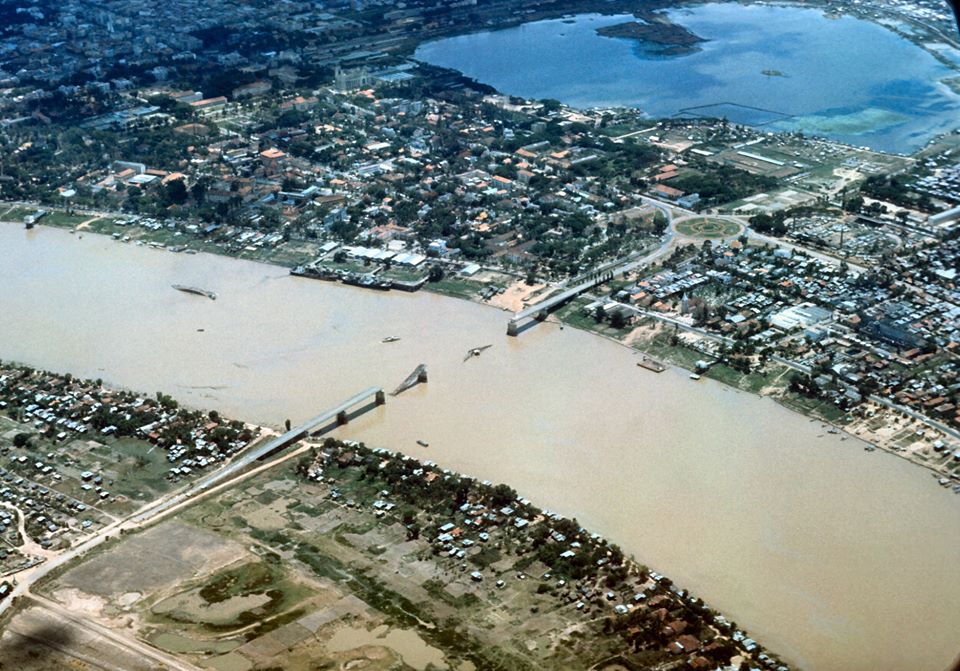
On 24 March, 1993, a group of assailants attacked ethnic Vietnamese fishing boats in Kompong Chhnang Province resulting in 8 deaths, including three children. The National Army of Democratic Kampuchea was blamed for the attack, along with another on a floating village in Siem Reap two weeks earlier, which killed 33 people, including 12 children, and injured 24.
On March 25, 1970, 1.500 people from Kompong Reap (Kompong Cham province) demonstrated to ask for Sihanouk’s return and for the dissolution of the National Assembly. The governor listened to them, promised to send their wishes to Phnom Penh and demonstrators went back home peacefully. Protests held in the following days would end in bloodshed.
